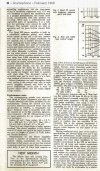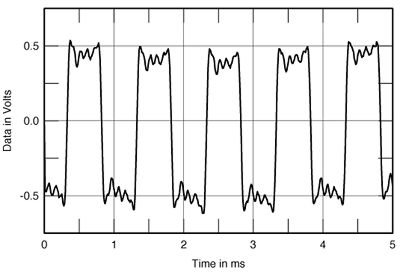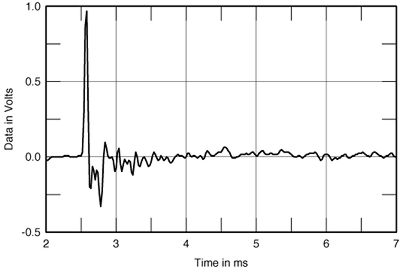The electronics guys have been making and selling that gear for years without proper measurements as well. Yet I keep hearing left and right that they are now buying $30,000 Audio Precision analyzers to make sure they can make proper measurements. Lest they want us to be the first who does and sees problems.
Just as well, I expect speaker manufacturers, large and small, to buy Klippel NFS. If they already have the baseline Klippel hardware and don't don't need all the bells and whistles, an NFS add-on can be $50K or less. We have seen the beginning of this trend and I am confident it will grow rapidly with time. The value proposition is unique and quite high.
Are you suggesting manufacturers don’t test their own products? The basis of reviews (called technical reports way back when) I've read over 40+ years were that manufacturers publish their specifications and the reviewer checks them. Attached is part of a review from 1968 of Quad’s first solid state pre/power amplifiers, the famous 33/303. The reviewer explains that the performance was so good he had to buy better test equipment costing £400 ($1,120), the equivalent of $23,000 today.

That review was 2 pages of data and charts, the listening test was 2 sentences, confirming no audible distortion. For me, that's the basic requirement.
I've used several Quad amplifiers (909S, 909M, QMP) and have never been concerned with noise and distortion, because it was a problem solved over 50 yers ago, as illustrated by the 33/303 measurements. They made better amplifiers over the years, but THD+ N was a done deal and never an issue.
Lots of companies in the UK have bespoke test equipment, designed by the likes of Miller Audio Research, or dCS who design their own and test every unit they make for about 3 days. There are of course lots of brands, Audio Precision being just one, with other cheaper options.
The biggest change in the last 3few decades has probably been the use of OEM sub-systems, like CD transports and more recently Class D units from the likes of B&O and Hypex, they are a known quantity, you put them in a box, wire them up and they all basically measure the same. ASR has proven this. No analyser required.
As far as cost, look at two French companies.
@davidminard 's Octavio, who make a €200 multi-channel streamer, financed by €10,000 of crowdfunding. Do they need, or could they afford a €30,000 test machine? I doubt it.
https://www.octavio.fr/amp/ All in one with Tidal, Qobuz, Deezer, AppleMusic, tunelm and co... multiroom, UPnP, Airplay2, Blutooth, 24/192 (and a parametric correction is annouced)... I wrote to this french factory for Audio Science... For 700 euros... And also a simple Streamer...

audiosciencereview.com
Then you have Devialet, with over €100million of funding, and production and QC technology that makes the AP55 look like a toy. They can manufacture in France because they can afford manufacturing and QC technology that is almost fully automated.
I would expect any business considering significant capital investment in any equipment to ask three questions:
1. What additional sales/gross profit will it generate?
2. What costs savings will result?
3. Can we afford it?
This could equally apply to Octavio looking to spend €1,000 on an analyser, someone looking at €100,000 for Klippel or Devialet looking at €1million for a new board making system.
@davidminard makes the point that what his company does is add value to existing hardware with new software and a nice package, rather than do anything relevant to measurable performance of the OEM hardware.
Likewise, I would happily buy a NAD M33 (recommended there) simply because the Purifi Eigentact amplifier and ESS Sabre DAC are known quantities.
Another common and much more cost-effective option is to buy in testing when needed, common with more expensive facilities like anechoic chambers. Reminds me of a friend's daughter, a very successful fashion photographer, who has never bought her professional camera equipment. She always used to rent it and now Canon give it to her. The main benefit of renting is not owning redundant equipment. Better pay $200 per external test than $30,000 for the test equipment?
I have no doubt there are many different ways of measuring and testing audio equipment, often determined by financial constraints or use of OEM systems. 've been around long enough to appreciate there is more than one way to crack a nut, usually many equally effective ways.






